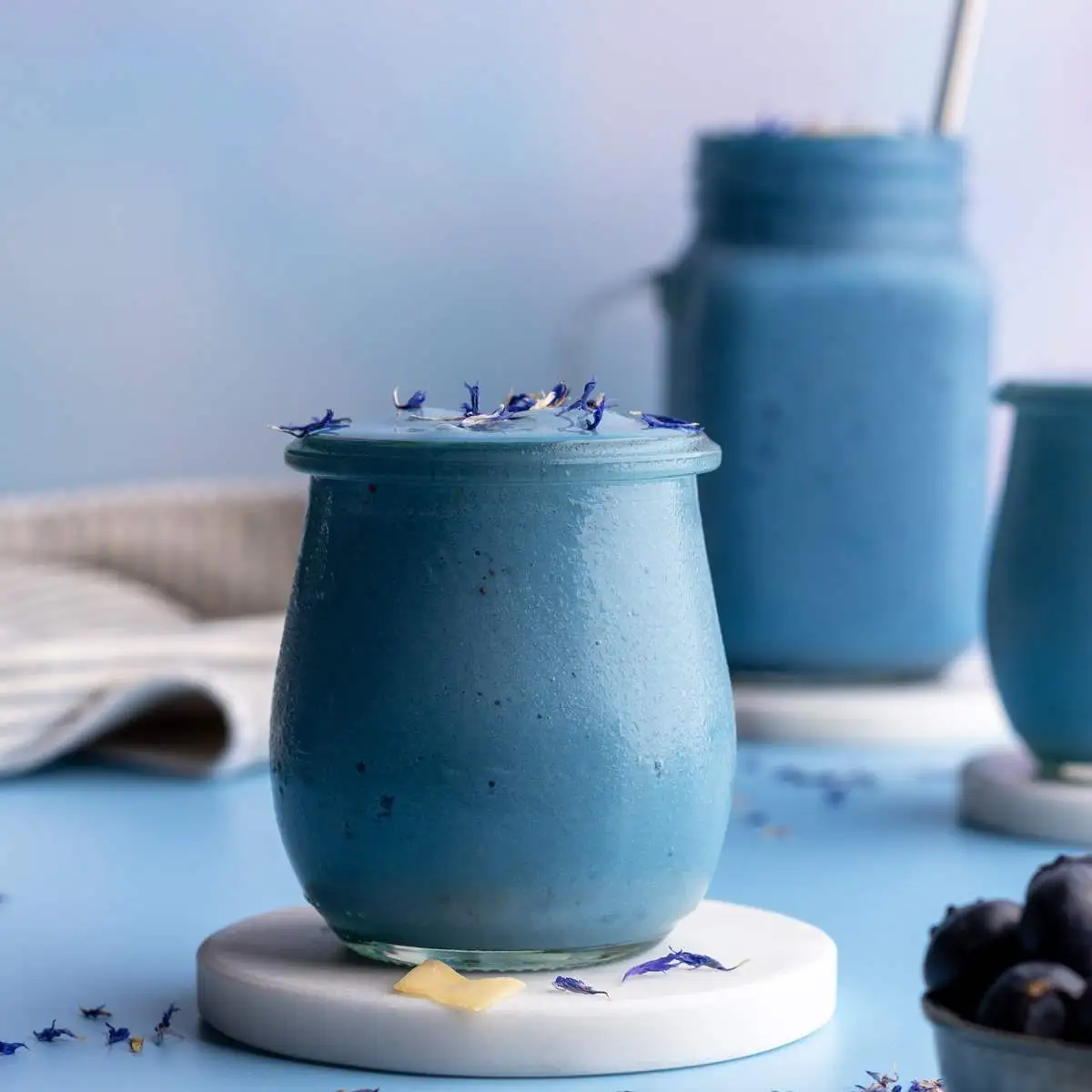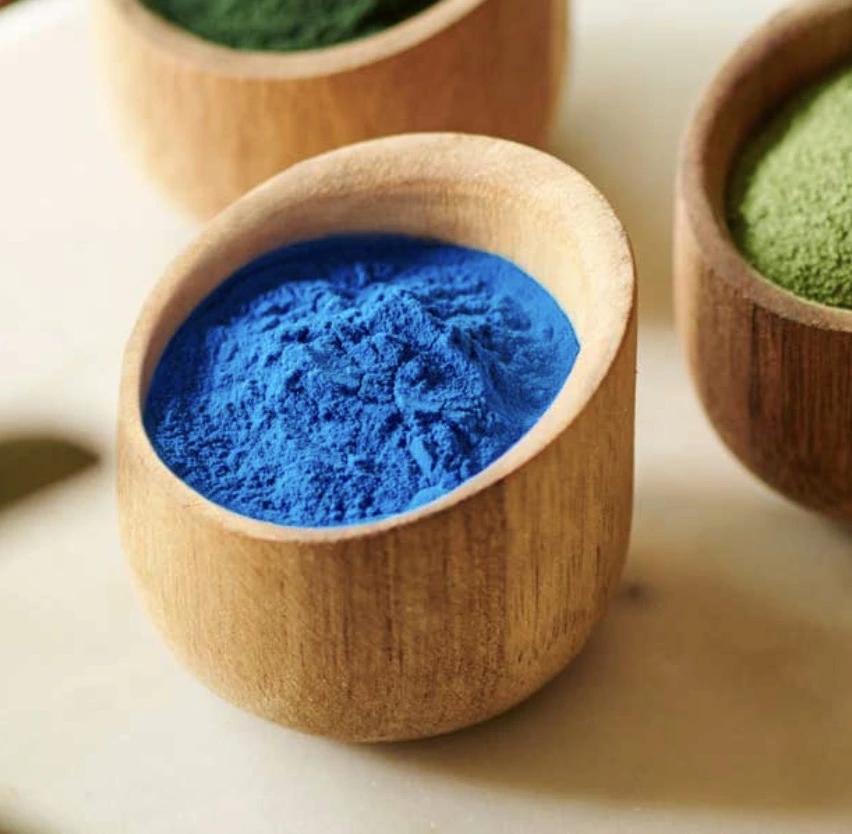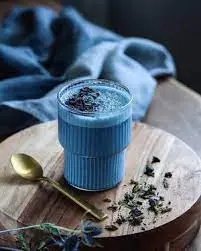Can E163 help make your food look more colorful and appealing?
In the world of food and beverages, appearance matters just as much as taste. Vibrant colors can make dishes more appetizing and appealing to consumers. Enter purple sweet potato red pigment E163, a natural food coloring derived from purple sweet potatoes that's taking the culinary world by storm. This blog post will explore how E163 can transform your culinary creations and why it's becoming increasingly popular in the food industry.
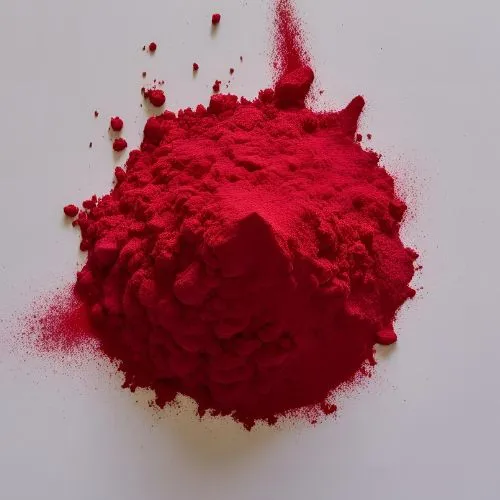
What Is E163 and Why It's a Natural Food Coloring Star?
E163, also known as anthocyanins, is a natural food coloring extracted from purple sweet potatoes. These vibrant pigments are responsible for the deep purple, red, and blue hues found in many fruits and vegetables. As consumers increasingly demand natural ingredients, E163 has emerged as a popular alternative to synthetic food dyes.
The Science Behind E163's Vivid Colors
Anthocyanins are water-soluble pigments from the flavonoid family. Their color varies from red to purple to blue, depending on the pH of their surroundings. This distinctive property enables food manufacturers to create a broad range of colors using a single natural ingredient, making anthocyanins a versatile option for food coloring. Their ability to shift hues offers an eco-friendly and natural alternative for achieving vibrant, appealing colors in a variety of food products.
Benefits of Using E163 in Food Products
Beyond its coloring properties, E163 offers several advantages:
- Natural origin: Derived from purple sweet potatoes, E163 appeals to health-conscious consumers.
- Stability: It remains stable under various processing conditions, making it versatile for different food applications.
- Health benefits: Anthocyanins are potent antioxidants, potentially offering additional health benefits to consumers.
- Clean label: Using E163 allows manufacturers to create products with cleaner, more natural ingredient lists.
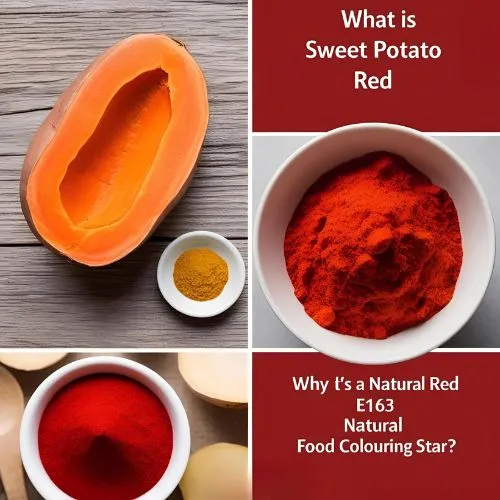
Top Ways to Use Purple Sweet Potato Pigment in Cooking
Purple sweet potato red pigment E163 isn't just for large-scale food manufacturing. Home cooks and professional chefs alike can harness the power of this natural coloring agent to create stunning dishes. Here are some creative ways to incorporate E163 into your culinary repertoire:
Baking with E163
Add a pop of color to your baked goods with E163:
- Purple bread: Incorporate E163 into your bread dough for a unique, eye-catching loaf.
- Colorful cakes: Use E163 to create vibrant purple cake layers or frosting.
- Violet macarons: Achieve a delicate lavender hue in your macaron shells.
Beverages and Cocktails
E163 can transform ordinary drinks into visual masterpieces:
- Purple lemonade: Add a dash of E163 to lemonade for a refreshing, colorful twist.
- Violet gin: Infuse gin with E163 for a stunning base for cocktails.
- Colorful smoothies: Boost the visual appeal of your morning smoothie with a touch of E163.
Savory Dishes
Don't limit E163 to sweet applications. It can enhance savory dishes too:
- Purple pasta: Mix E163 into pasta dough for a unique color.
- Violet rice: Create a visually striking rice dish by cooking rice with E163.
- Colorful sauces: Add depth and intrigue to sauces with a hint of E163.
Is E163 Safe? Common Questions About This Red Pigment
As with any food additive, it's natural to have questions about the safety of purple sweet potato red pigment E163. Let's address some common concerns:
Safety and Regulations
E163 is considered safe for consumption by major regulatory bodies worldwide, including:
- The European Food Safety Authority (EFSA)
- The U.S. Food and Drug Administration (FDA)
- The Joint FAO/WHO Expert Committee on Food Additives (JECFA)
These organizations have thoroughly reviewed the safety data on E163 and deemed it safe for use in food products.
Potential Allergies and Sensitivities
Allergies to E163 are uncommon, but some people may be sensitive to anthocyanins. As with any new ingredient, it is recommended to introduce foods containing E163 slowly and watch for any adverse reactions. If you have concerns or experience any issues, it's best to consult with a healthcare professional. This approach helps ensure your safety while incorporating new ingredients into your diet, particularly for those with known sensitivities or allergies.
E163 vs. Synthetic Food Dyes
Compared to synthetic food dyes, purple sweet potato red pigment E163 offers several advantages:
- Natural origin: E163 is derived from purple sweet potatoes, unlike synthetic dyes made from petroleum.
- Potential health benefits: Anthocyanins are antioxidants that may offer health benefits.
- No link to hyperactivity: Unlike some synthetic dyes, E163 has not been linked to behavioral issues in children.
Dosage and Consumption Limits
While there's no specific upper limit set for E163 consumption, it's always best to consume any food additive in moderation. The amount of E163 used in food products is typically small and well within safe levels.
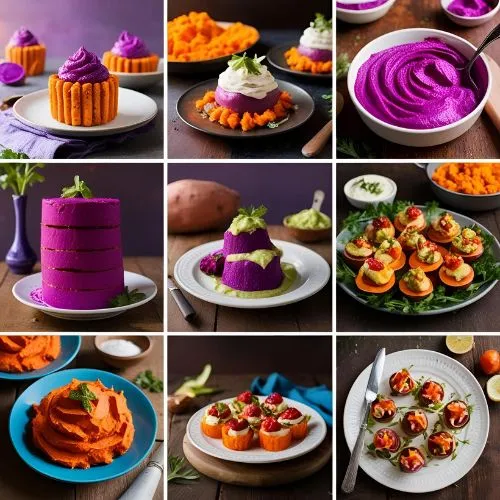
Conclusion
E163, derived from purple sweet potatoes, is a versatile and safe natural food coloring that can dramatically enhance the visual appeal of various food and beverage products. From vibrant baked goods to stunning cocktails, the possibilities are endless. As consumers continue to demand natural ingredients, E163 stands out as a colorful solution that doesn't compromise on safety or visual impact.
If you're interested in incorporating purple sweet potato red pigment E163 into your food products or want to learn more about natural plant extracts, don't hesitate to contact us at info@yanggebiotech.com. At Yangge Biotech Co., Ltd., we're committed to providing high-quality, innovative natural ingredients to meet your needs.
References
1. Khoo, H. E., Azlan, A., Tang, S. T., & Lim, S. M. (2017). Anthocyanidins and anthocyanins: colored pigments as food, pharmaceutical ingredients, and the potential health benefits. Food & Nutrition Research, 61(1), 1361779.
2. Martins, N., Roriz, C. L., Morales, P., Barros, L., & Ferreira, I. C. (2016). Food colorants: Challenges, opportunities and current desires of agro-industries to ensure consumer expectations and regulatory practices. Trends in Food Science & Technology, 52, 1-15.
3. Sigurdson, G. T., Tang, P., & Giusti, M. M. (2017). Natural colorants: Food colorants from natural sources. Annual Review of Food Science and Technology, 8, 261-280.
4. Clifford, T., Howatson, G., West, D. J., & Stevenson, E. J. (2015). The potential benefits of red beetroot supplementation in health and disease. Nutrients, 7(4), 2801-2822.
5. Rodriguez-Amaya, D. B. (2016). Natural food pigments and colorants. Current Opinion in Food Science, 7, 20-26.

Based on your location and order quantity, you will have the opportunity to receive a limited time free shipping promotion!
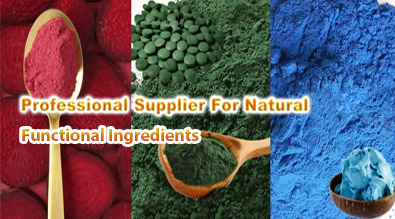
Who we are
